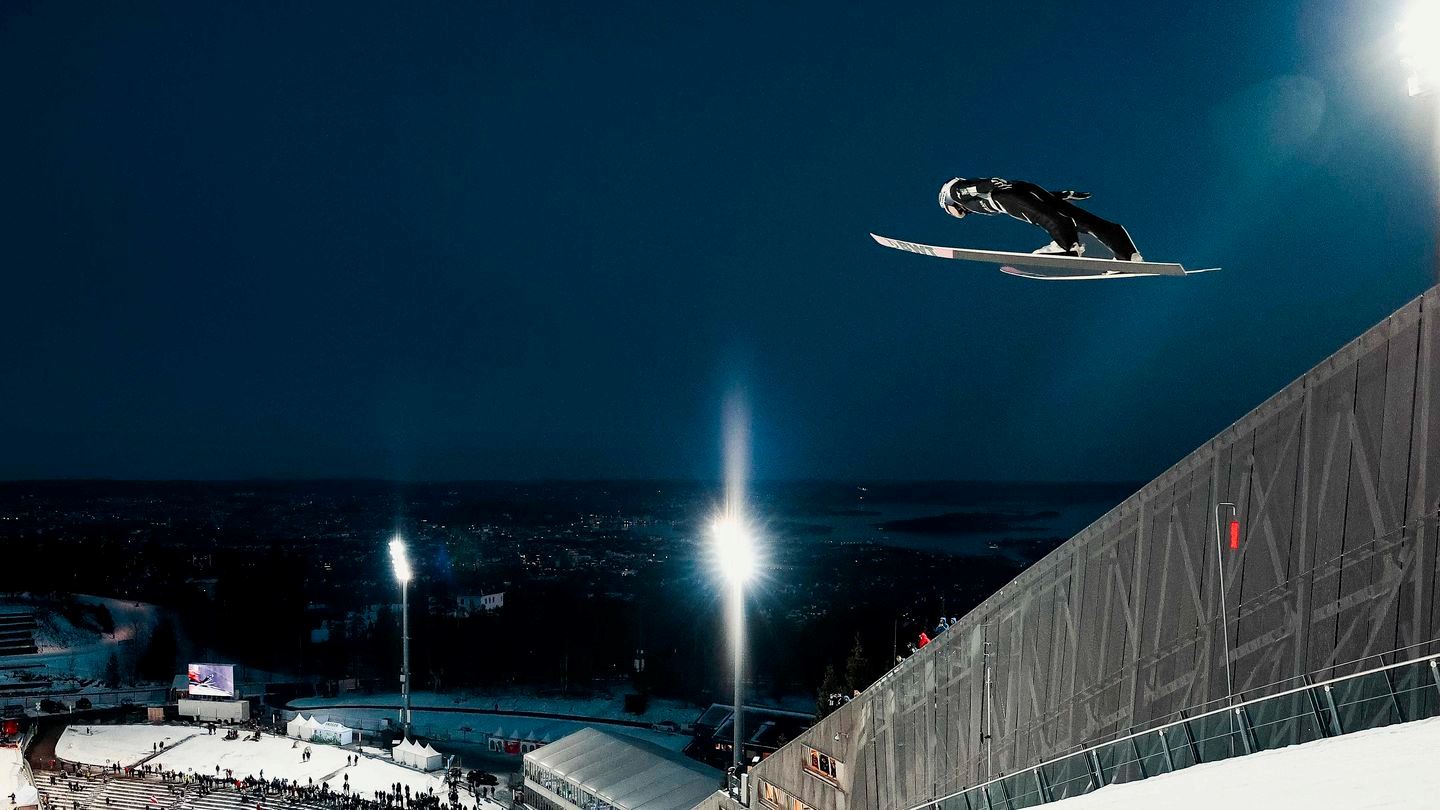Jun 13, 2025 - Having reviewed a set of proposals by the Ski Jumping Sub-Committee for Equipment and Development during its meeting this Thursday (June 12th) the FIS Council approved a number of changes and innovations in Ski Jumping equipment and equipment control to be implemented in the 2025/26 season, starting with the summer’s Grand Prix for both Ski Jumping and Nordic Combined.
Among the changes is the introduction of a yellow and red card sanction system for tampering. If an athlete is disqualified for an equipment violation, they will receive a yellow card. A further transgression will result in a red card and suspension from the following event. Their nation also loses its quota spot in that World Cup competition.
These rule modifications are to be overseen on both the men’s and women’s tours by recently appointed equipment controller Jürgen Winkler. He will be assisted by former Ski Jumper Mathias Hafele, who was most recently contracted as an equipment expert with the Polish Ski Association. Hafele will also contribute his expert knowledge to Nordic Combined.
Ski Jumping equipment changes explained
The starting point for these Ski Jumping rule changes is an improvement in 3D measurements of athletes on competition weekends. Carried out by two FIS equipment controllers and an FIS-approved supervising doctor, they will be complemented by arm length and foot size measurements.
The suits themselves will be different with the cut and shape, especially around the arms and legs endings, more precisely defined to allow less room for manipulation. Thigh measurements around the crotch leaves less scope to lower the crotch with loose material unfairly aiding flight. Gloves now have specified thicknesses and lengths, with the fit of boots and wedges also standardized.
Radio Frequency Identification chips will continue to be fitted to suits, but only after they are checked by equipment controllers and if they align with the athlete’s measurements. Rejected suits can only be presented again at the next weekend. Also, the system of limiting suits per season remains in place.
A new control system has also been introduced with two fixed equipment controllers conducting inspections after the jump. In the start area, another controller monitors the athletes’ preparations and behavior during the measurements.
Sanctions will be issued for offences such as violations during 3D measurement, manipulation of chips, and manipulation of the suit after technical approval. These sanctions are handled in accordance with the procedure outlined in the FIS Rules on the Prevention of the Manipulation of Competitions.
Any disqualifications will be openly documented and displayed on television via the Swiss Timing System used primarily for results and data.
In addition to modifications during competition weekends, there will be extensive online and onsite training for FIS equipment controllers. To ensure that the rules are clear to all National Ski Associations and to avoid any misinterpretation, national teams will be offered onsite training sessions with equipment expert Hafele in addition to online meetings.
“The last few months have been extremely challenging for Ski Jumping, as we all know,” admits FIS Ski Jumping Race Director Sandro Pertile, referring to the suit manipulation case that came to light at the FIS Nordic World Ski Championships Trondheim 2025. “Through all of this, one of FIS’ main priorities has been to ensure that the recent problems related to equipment serve as an accelerator for the evolution of the sport and its controls."
FIS has strengthened its team, and the Ski Jumping Sub-Committee for Equipment and Development has worked swiftly and thoroughly to come up with measures that are truly effective and that can be implemented right away. As we take these steps, we really hope that all teams will be on board and contribute to a fair environment for the discipline.Sandro Pertile, FIS Ski Jumping Race Director
As well as these immediate changes, FIS has started a longer-term project to look into potentially more fundamental changes to the regulation and control of Ski Jumping equipment. Headed by FIS Nordic Combined Race Director Lasse Ottesen, this will present its preliminary findings at September’s Fall Meetings in Zurich (SUI).
“The measures to be taken this season will already make a great deal of positive difference,” Ottesen says, “But we are convinced that if all key stakeholders involved in the discipline get their heads together, we can come up with intelligent and innovative proposals to keep taking Ski Jumping further and further.”

